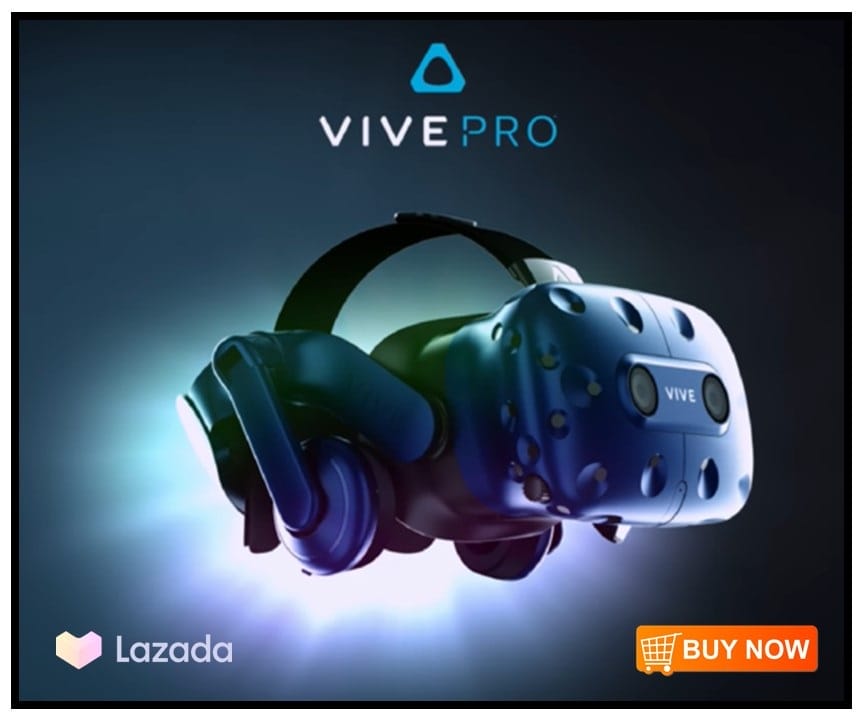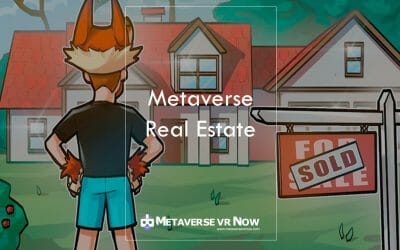In an era where technology continues to revolutionize every aspect of our lives, the realm of real estate is no exception. Imagine being able to walk through potential homes from the comfort of your living room, exploring every nook and cranny without ever stepping foot outside. Virtual Reality (VR) has emerged as a game-changer in the world of real estate, offering a glimpse into the future of house hunting like never before. By strapping on a VR headset, prospective buyers can immerse themselves in fully interactive 3D environments, visualizing properties in stunning detail before making any commitments. Join us as we unveil the 6 transformative benefits of VR in real estate, promising to redefine how we search for our dream homes and revolutionize the house-hunting experience forevermore.
Introduction to (Virtual Reality) VR in Real Estate
Imagine stepping into your dream home without leaving the comfort of your own living room. With Virtual Reality (VR) technology revolutionizing the real estate industry, this scenario is now a tangible reality. Through VR, potential buyers can immerse themselves in virtual property tours, allowing them to explore every nook and cranny of a house before making any decisions. This level of interactivity not only saves time but also enhances the house-hunting experience by offering an incredibly realistic glimpse into prospective homes.
Moreover, in a world where convenience reigns supreme, VR in real estate provides unmatched accessibility for both buyers and sellers. Gone are the days of scheduling multiple physical viewings; now, all it takes is a VR headset and a few clicks to walk through various properties at any time of day virtually. This has significantly streamlined the house-hunting process while enabling individuals to narrow down their options from the comfort of their couches. The convenience factor alone is enough to make VR an invaluable asset in today’s competitive real estate market.
Overview of The Benefits of VR in Real Estate
Immerse yourself in a world where house hunting is no longer a tiresome task but an exciting adventure. VR in real estate has revolutionized the industry by offering prospective buyers the opportunity to explore properties from the comfort of their homes. With VR, potential homebuyers can take virtual tours of multiple properties without the need to visit each one, saving precious time and resources physically.
The interactive nature of VR allows users to get a true sense of space and layout, enabling them to envision themselves living in a particular property effortlessly. By providing an immersive experience, VR helps buyers make more informed decisions about potential investments with greater confidence. Additionally, real estate agents can efficiently showcase properties to clients who may be unable to attend viewings in person, broadening the reach of listings and maximizing exposure for sellers.
Here are 6 benefits of VR in real estate to transform your house-hunting game
1. Global Access of VR in Real Estate: Explore properties from anywhere in the world
With the advent of VR in Real Estate, house-hunting has transcended physical boundaries, offering global access to properties from the comfort of your own space. Imagine being able to tour a luxurious villa in Bali or a modern penthouse in New York City without stepping foot outside your current location. This level of accessibility not only opens up new possibilities for buyers but also revolutionizes the way real estate is marketed and viewed.
By exploring properties from anywhere in the world through VR, prospective buyers gain a more comprehensive understanding of different markets and architectural styles. They can immerse themselves in diverse environments and make informed decisions based on their virtual experiences. This global access feature eliminates travel costs and time constraints, making it easier for international investors or individuals looking to relocate to explore potential homes with ease. Furthermore, this ability to virtually tour properties on a global scale fosters greater competition among sellers, driving innovation and excellence in property showcases.
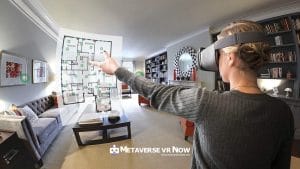
2. Visualization with the Aid of VR in Real Estate: Experience properties virtually before visiting
With the power of VR in real estate, potential homebuyers can immerse themselves in a property even before stepping foot inside. Visualization tools offer a peek into the layout, aesthetics, and ambiance of a house with incredible detail and realism. This experience allows buyers to visualize their future living space, helping them make more informed decisions.
By virtually navigating through different rooms, adjusting furniture placements, and even changing wall colors or flooring materials, buyers can get a feel for how they would personalize the space to suit their preferences. This level of customization not only saves time but also enhances the emotional connection between the buyer and the property. As real estate transactions increasingly move towards digital solutions, this visualization aspect sets a new standard for convenience and efficiency in house-hunting experiences.
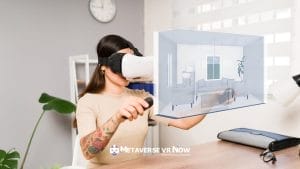
3. Efficiency of VR in Real Estate: Streamlining the house-hunting process
With the advancement of Virtual Reality technology, house-hunting has been revolutionized by offering a more efficient and streamlined process. Prospective buyers can now take virtual tours of homes from the comfort of their own living rooms, saving time and effort on physically visiting multiple properties. Through VR in real estate, potential buyers can explore every nook and cranny of a home in great detail, giving them a realistic sense of the space before making any commitments.
Moreover, VR allows real estate agents to showcase multiple properties to clients in a short amount of time, facilitating quicker decision-making processes. This not only benefits buyers who are looking for their dream home but also saves valuable time for agents by minimizing unnecessary property visits. The immersive experience provided by VR technology can significantly enhance the overall house-hunting journey and streamline the entire buying process. It offers an innovative solution to traditional methods, often involving countless physical visits and lengthy decision-making processes.
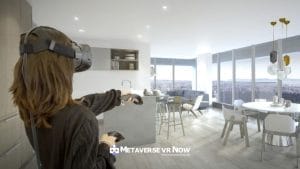
4. Cost-Effectiveness of VR in Real Estate: Reduce time and money spent on viewings
When it comes to house-hunting, time is money. Traditional property viewings can be not only time-consuming but also financially burdensome. With VR technology, real estate professionals and buyers alike can reduce the amount of time and money spent on physical viewings. Virtual tours allow potential buyers to explore properties from the comfort of their own homes, eliminating the need for multiple in-person visits that can quickly add up in terms of transportation costs and inconvenience.
Additionally, utilizing VR in real estate can streamline the decision-making process for buyers. By providing a more immersive experience through virtual tours, buyers can make more informed choices without the hassle of traveling back and forth for physical viewings. This not only saves money on travel expenses but also allows for quicker decision-making, ultimately benefiting both buyers and sellers in terms of saving valuable resources.

5. Personalization of VR in Real Estate: Tailoring property options to preferences
Immersive virtual reality (VR) technology has revolutionized the real estate industry, allowing for a highly personalized house-hunting experience. Through VR, prospective buyers can now explore properties in a way that caters directly to their preferences and needs. From customizing interiors to visualizing different layouts, this level of personalization enhances the decision-making process by providing a realistic and tailored view of potential homes.
Gone are the days of just viewing static images or videos; VR in real estate takes it a step further by enabling users to walk through properties as if they were physically present virtually. This not only saves time for both buyers and sellers but also allows for better decision-making based on firsthand experiences within the virtual space. With the ability to customize details such as furniture placement, color schemes, and even landscaping options, individuals can truly envision themselves living in these spaces before making a commitment. This level of personal touch adds an emotional connection that traditional methods simply cannot replicate.
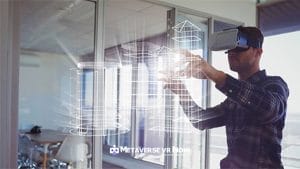
6. VR in Real Estate Can Increase Buyer Engagement: More sales for developers
Picture this: You slip on a pair of virtual reality (VR) glasses and suddenly find yourself standing in your dream home. The walls stretch tall, natural light pours in through the windows, and you can practically feel the plush carpet beneath your feet. Thanks to VR technology, this immersive experience is now possible in real estate. For developers, this means more than just offering a virtual tour; it’s about creating an emotional connection with potential buyers.
When buyers can virtually walk through properties, visualize themselves living there, and even customize elements to suit their preferences, engagement levels soar. This increased buyer engagement translates directly into more sales for developers. By leveraging VR technology to showcase properties innovatively and interactively, developers can captivate potential buyers like never before. As we know, when clients are emotionally invested in a property, they are much more likely to make that all-important purchase decision.
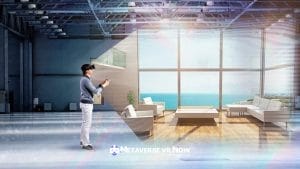
Tips for Setting the Stage for VR in Real Estate
Setting the stage for VR in real estate requires a delicate balance of technology and creativity. One crucial tip is to ensure that the virtual experience is as immersive as possible, allowing potential buyers to feel like they are physically present in the property. Utilizing high-quality 3D rendering and interactive features can enhance this sense of realism and make the virtual tour more engaging.
Another important factor is staging the property effectively within the virtual environment. Arrange furniture and decorations strategically to showcase the space in its best light, helping potential buyers visualize themselves living in the home. Pay attention to details like lighting and ambiance to create a welcoming atmosphere that resonates with viewers. By following these tips, real estate professionals can create a compelling VR experience that elevates house-hunting to a whole new level.
Summing Up: Benefits of VR in Real Estate
In conclusion, the benefits of utilizing virtual reality in the real estate industry are truly transformative. By offering immersive virtual tours, potential buyers can explore properties from the comfort of their own homes, saving time and making the house-hunting process more efficient. Moreover, VR technology allows for a more engaging and interactive experience, enabling clients to visualize themselves living in a space before making any commitments.
One of the key advantages of VR in real estate is its ability to showcase off-plan developments or unfinished properties in a realistic way. This not only helps developers attract buyers early on but also gives clients a clear understanding of what the final product will look like. Additionally, using VR can lead to better decision-making by allowing clients to compare multiple properties side by side without physically visiting each one. Overall, integrating virtual reality into real estate processes brings convenience, innovation, and enhanced experiences to both buyers and sellers alike.






